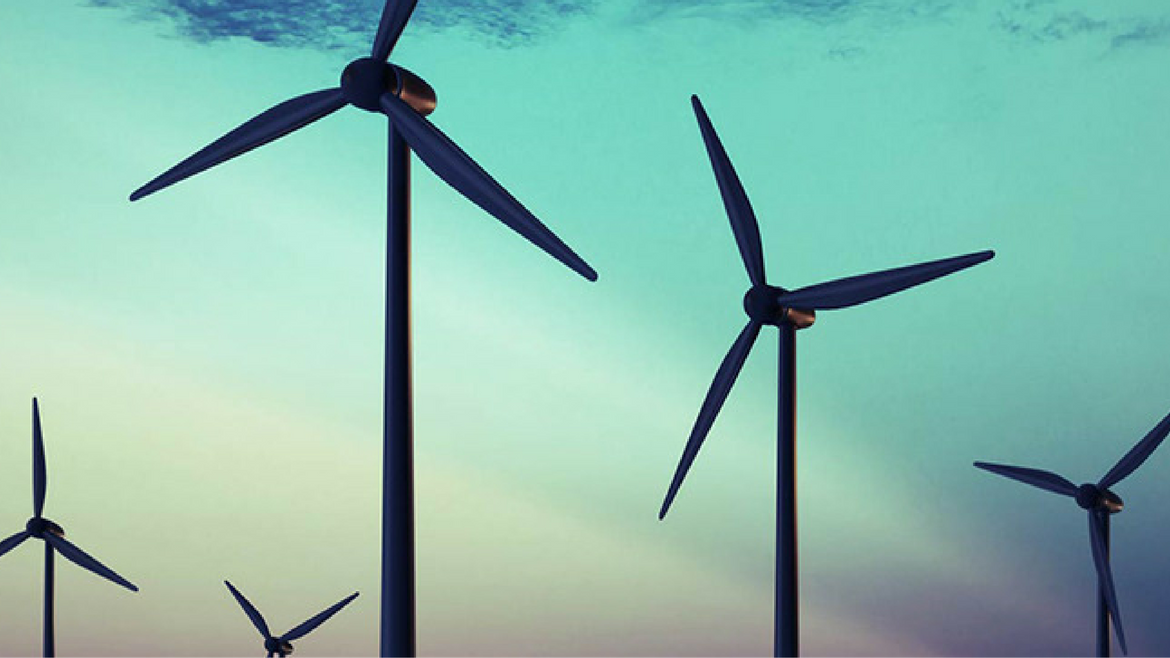The low oil price environment that has beset the traditional energy sector in recent times has left the renewable energy sector notably unharmed. Instead, this sector has experienced some of its strongest investment and growth yet, with investment reaching a hefty US$329.3bn in 2015. A robust increase of 17% in investment from China resulted in the country maintaining its position as the largest global market for renewables last year, particularly in the areas of wind and solar power. The Global Wind Energy Council estimates that one in every three wind turbines installed are in China.
Years of heavy industrial growth in China have caused it to become the biggest energy consumer in the world, overtaking the US’s lead position in 2009. The Economist Intelligence Unit measures China’s total energy consumption in 2015 at roughly 3.2bn kilotonnes of oil equivalent (ktoe). The environmental consequences of operating such a weighty industrial base are extensive and have pushed the government to re-evaluate its future environment policy. The Paris Climate Change agreement in December 2015 was one of a series of events and studies that prompted Chinese leaders to reconsider the harmful level of the country’s carbon emissions and resulted in a pledge to reduce carbon intensity by 60% to 65% by 2030.
The grand plan
Details of this objective were unveiled in the government’s 13th five- year plan, which was published in March 2016. The plan outlines how it intends to tackle fundamental sustainability issues such as air pollution, water contamination and climate change. Importantly, it contains details on energy consumption control and advises the country to curb its energy usage to 5bn tonnes of standard coal equivalent. This guideline is an attempt to guarantee an upper limit to China’s energy consumption, which is likely to be lower than the predicted 5bn tonnes in 2020, given a slowdown in the country’s economic growth.
If China is to succeed in reducing its energy usage and greenhouse gas emissions, managing emissions from its sprawling cities is a good place to start. According to the World Resources Institute, 23 cities and provinces have joined China’s Alliance of Pioneer Peaking Cities (APPC) and are “committed to peaking emissions by or before 2030”. If this occurs it will represent one of the largest efforts yet to reduce the impact of climate change, as these cities and provinces represent “16.8% of China’s population, 27.5% of national GDP and 15.6% of national carbon dioxide emissions” (http://bit.ly/2aSHCI8).
Further afield
China’s interest in renewables extends past its borders. A report by the International Energy Agency (IEA), “Boosting the Power Sector in Sub-Saharan African: China’s Involvement” indicates that the expansion of China’s energy interests overseas “can be divided into two main categories: upstream activities (mainly oil and gas), and power projects in host countries (power generation, transmission and distribution). Such involvement in international energy development is essentially driven by China’s need to develop energy resources overseas and is sanctioned by the “One Belt, One Road” initiative launched in 2014. The underlying premise of the plan is to increase China’s presence in global affairs and is considered to be the most important foreign-policy objective of the Chinese president Xi Jinping (http://econ.st/295QwwG).
The IEA report states that while there are several forms of energy development in Africa by Chinese companies, hydropower is undoubtedly the largest type. Moreover, it estimates that between 2010-20 renewables sources will make up 56% of the total energy capacity offered by Chinese projects, of which hydropower comprises 49%. Examples of power projects in Africa include biomass projects in Ethiopia, a 244-MW wind farm in South Africa and a number of geothermal projects in Kenya.
Soft easterly winds
China’s renewable energy endeavours are strong, but if it is to fully succeed in shrinking emissions, implementation will be as important as investment. Bloomberg New Energy Finance has reported concerns over the quality of China’s wind turbines and their capacities. Although China’s wind capacity increased substantially in comparison with the US during 2006-15 –139.3GW compared with 73.8GW in the US – the machines are less effective at producing electricity than turbines in the US. The issue of “curtailment” has been cited by analysts as one of the main reasons behind this lag. Curtailment arises when wind generation is available but grid operators will not accept the electricity. There are a number of reasons behind this, one of which is poor grid connections (http://bloom.bg/291RFVR).
In order to safeguard against wasteful operations, policies relating to the functioning of equipment and investment in a high standard of material will need to be improved upon if China is to remain a world leader in the renewables space.
The views and opinions expressed in this article are those of the authors and do not necessarily reflect the views of The Economist Intelligence Unit Limited (EIU) or any other member of The Economist Group. The Economist Group (including the EIU) cannot accept any responsibility or liability for reliance by any person on this article or any of the information, opinions or conclusions set out in the article.




